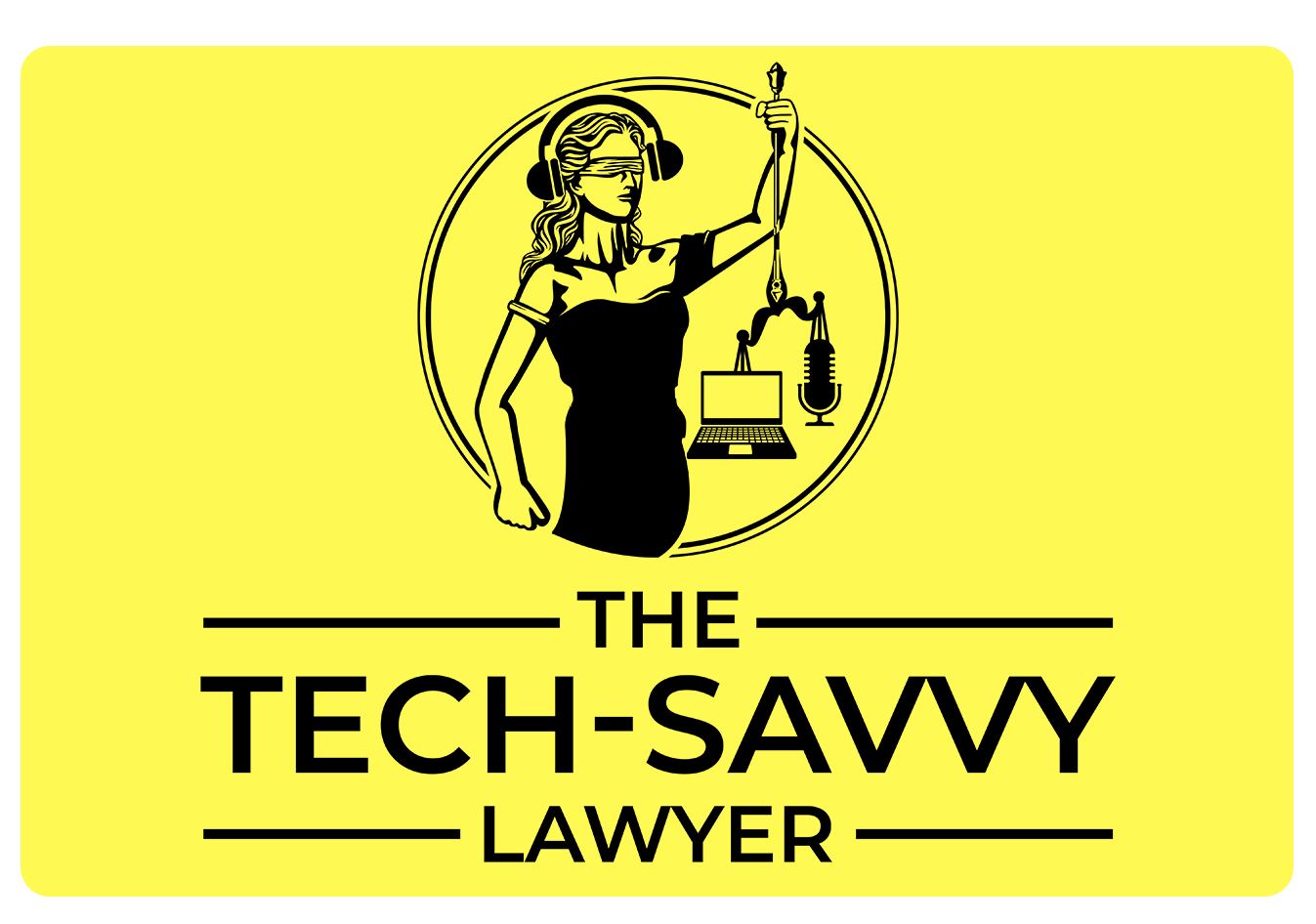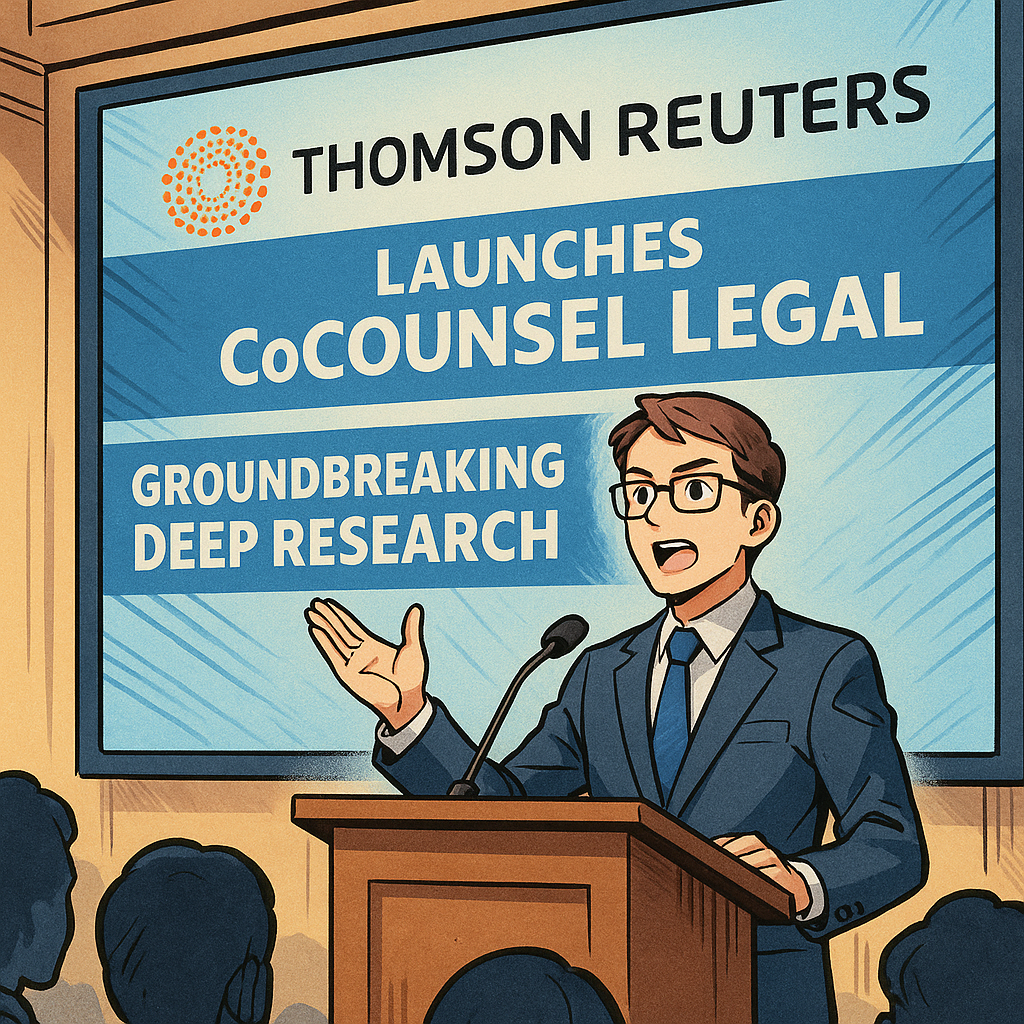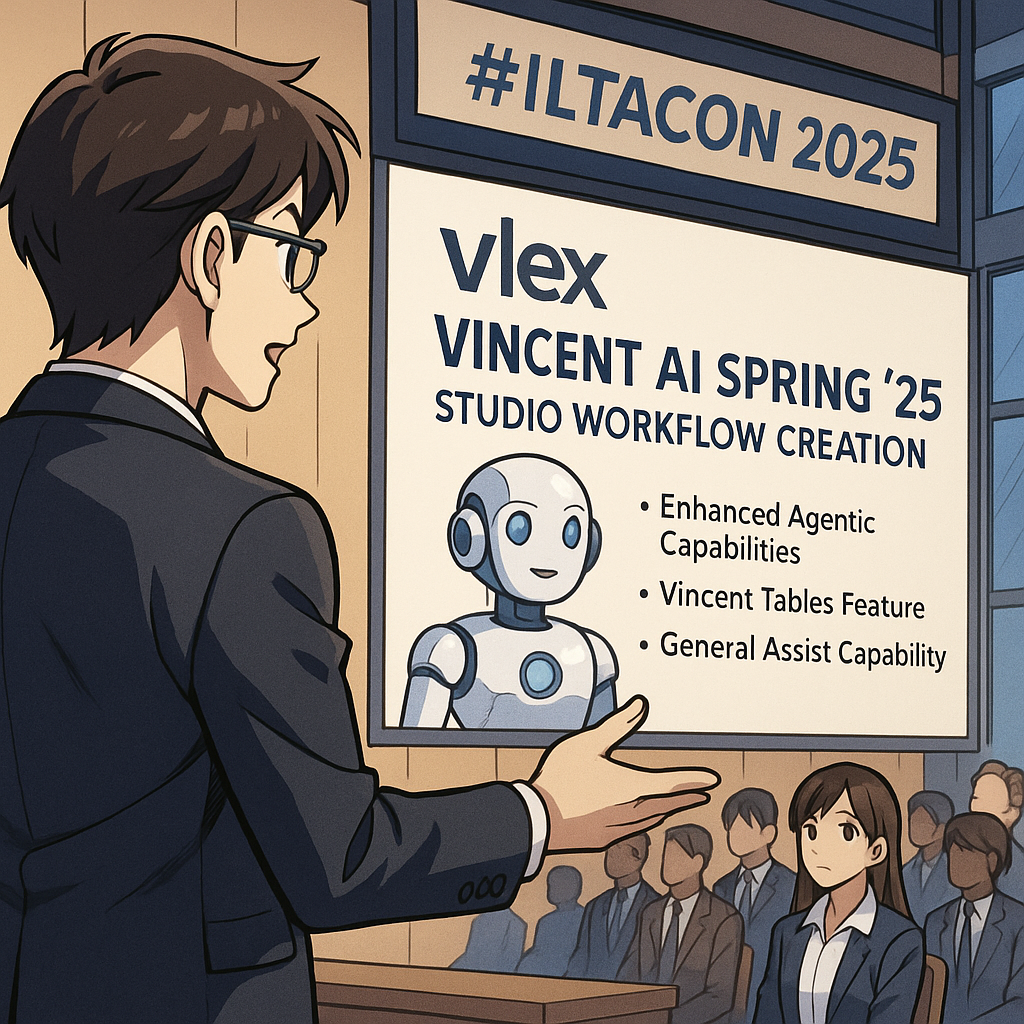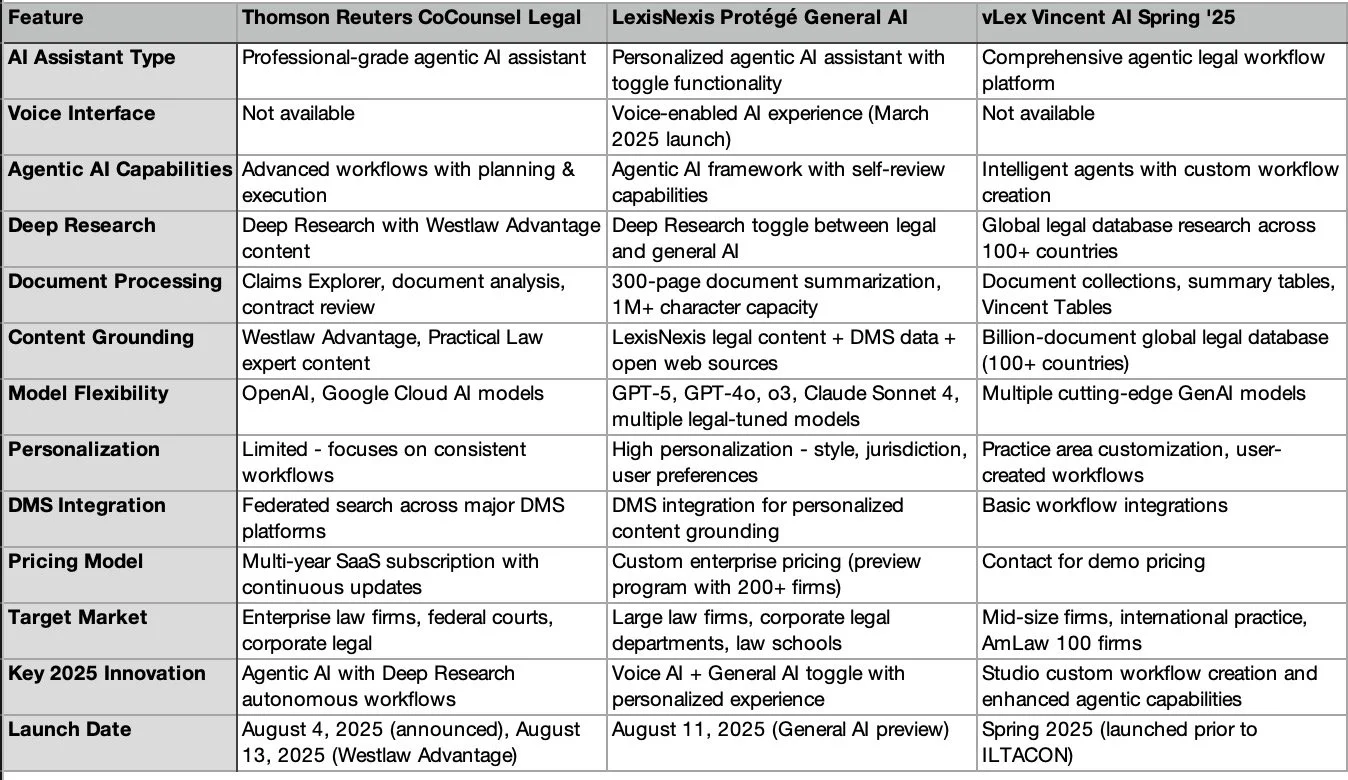🎙️TSL Labs! MTC: The Hidden AI Crisis in Legal Practice: Why Lawyers Must Unmask Embedded Intelligence Before It's Too Late!
/📌 Too Busy to Read This Week's Editorial?
Join us for a professional deep dive into essential tech strategies for AI compliance in your legal practice. 🎙️ This AI-powered discussion unpacks the November 17, 2025, editorial, MTC: The Hidden AI Crisis in Legal Practice: Why Lawyers Must Unmask Embedded Intelligence Before It's Too Late! with actionable intelligence on hidden AI detection, confidentiality protocols, ethics compliance frameworks, and risk mitigation strategies. Artificial intelligence has been silently operating inside your most trusted legal software for years, and under ABA Formal Opinion 512, you bear full responsibility for all AI use, whether you knowingly activated it or it came as a default software update. The conversation makes complex technical concepts accessible to lawyers with varying levels of tech expertise—from tech-hesitant solo practitioners to advanced users—so you'll walk away with immediate, actionable steps to protect your practice, your clients, and your professional reputation.
In Our Conversation, We Cover the Following
00:00:00 - Introduction: Overview of TSL Labs initiative and the AI-generated discussion format
00:01:00 - The Silent Compliance Crisis: How AI has been operating invisibly in your software for years
00:02:00 - Core Conflict: Understanding why helpful tools simultaneously create ethical threats to attorney-client privilege
00:03:00 - Document Creation Vulnerabilities: Microsoft Word Co-pilot and Grammarly's hidden data processing
00:04:00 - Communication Tools Risks: Zoom AI Companion and the cautionary Otter.ai incident
00:05:00 - Research Platform Dangers: Westlaw and Lexis+ AI hallucination rates between 17-33%
00:06:00 - ABA Formal Opinion 512: Full lawyer responsibility for AI use regardless of awareness
00:07:00 - Model Rule 1.6 Analysis: Confidentiality breaches through third-party AI systems
00:08:00 - Model Rule 5.3 Requirements: Supervising AI tools with the same diligence as human assistants
00:09:00 - Five-Step Compliance Framework: Technology audits and vendor agreement evaluation
00:10:00 - Firm Policies and Client Consent: Establishing protocols and securing informed consent
00:11:00 - The Verification Imperative: Lessons from the Mata v. Avianca sanctions case
00:12:00 - Billing Considerations: Navigating hourly versus value-based fee models with AI
00:13:00 - Professional Development: Why tool learning time is non-billable competence maintenance
00:14:00 - Ongoing Compliance: The necessity of quarterly reviews as platforms rapidly evolve
00:15:00 - Closing Remarks: Resources and call to action for tech-savvy innovation
Resources
Mentioned in the Episode
ABA Formal Opinion 512 (July 29, 2024): Ethical guidance on generative artificial intelligence tools - https://www.americanbar.org/content/dam/aba/administrative/professional_responsibility/ethics-opinions/aba-formal-opinion-512.pdf
Model Rule 1.1 (Competence) - Understanding benefits and risks of relevant technology - https://www.americanbar.org/groups/professional_responsibility/publications/model_rules_of_professional_conduct/rule_1_8_current_clients_specific_rules/
Model Rule 1.6 (Confidentiality) - Preventing unauthorized disclosure of client information - https://www.americanbar.org/groups/professional_responsibility/publications/model_rules_of_professional_conduct/rule_1_6_confidentiality_of_information/
Model Rule 5.3 (Supervision) - Supervising non-human assistance including AI - https://www.americanbar.org/groups/professional_responsibility/publications/model_rules_of_professional_conduct/rule_5_3_responsibilities_regarding_nonlawyer_assistant/
Model Rule 1.4 (Communication) - Informing clients about AI use and obtaining consent - https://www.americanbar.org/groups/professional_responsibility/publications/model_rules_of_professional_conduct/rule_1_4_communications/
Mata v. Avianca Case - Landmark sanctions case involving AI-generated fabricated citations - https://law.justia.com/cases/federal/district-courts/new-york/nysdce/1:2022cv01461/575368/54/
Stanford Research - Documented AI hallucination rates between 17-33% in legal tools - https://dho.stanford.edu/wp-content/uploads/Legal_RAG_Hallucinations.pdf
Software & Cloud Services Mentioned in the Conversation
Adobe Acrobat AI Assistant - Automatic document analysis and summarization tool - https://www.adobe.com/acrobat.html
Clio - Legal practice management platform with AI features - https://www.clio.com
Google Notebook AI - AI discussion generation tool used to create this episode - https://notebooklm.google.com
Grammarly - AI writing assistant analyzing email and document content - https://www.grammarly.com
Lexis+ AI - AI-enhanced legal research platform - https://www.lexisnexis.com
Microsoft Word Co-pilot - AI-powered writing assistant with substantive editing capabilities - https://www.microsoft.com/microsoft-365/word
Otter.ai - AI meeting assistant and transcription service - https://otter.ai
Smokeball - Practice management with Auto Time AI billing - https://www.smokeball.com
Westlaw - Legal research platform with embedded generative AI - https://legal.thomsonreuters.com/en/products/westlaw
Zoom AI Companion - Meeting transcription and analysis service - https://www.zoom.com



















